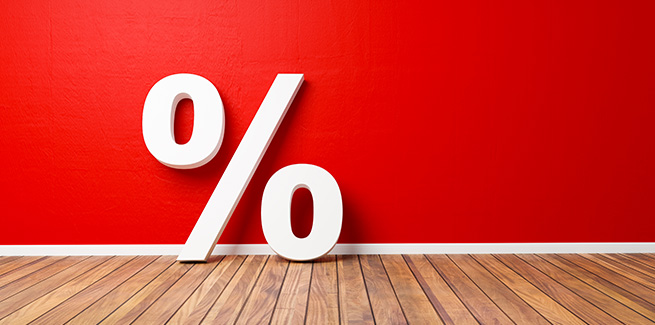The Reserve Bank of Australia (RBA) has held the official cash rate at 0.10 per cent for April, in line with the central bank’s stance on interest rates and market expectations.
In his statement on the monetary policy decision, RBA governor Dr Philip Lowe said the central bank will continue to monitor trends in housing borrowing “carefully” given that house prices have risen in most markets, adding that “it is important that lending standards are maintained”.
He added that the board remains committed to the three-year government bond yield target of 10 basis points, and will consider later in the year whether to retain the April 2024 bond as the target bond or to shift to the next maturity.
“The initial $100 billion government bond purchase program is almost complete, and the second $100 billion program will commence next week,” Dr Lowe said.
While noting that economic recovery is “well under way”, Dr Lowe said that wage and price pressures have remained subdued, with this trend expected to continue for some years.
“The economy is operating with considerable spare capacity and unemployment is still too high. It will take some time to reduce this spare capacity and for the labour market to be tight enough to generate wage increases that are consistent with achieving the inflation target,” he said.
During the March board meeting, the RBA held the official cash rate at the current record low of 0.10 per cent while bringing forward bond purchases under the bond purchase program. The RBA added that it was willing to make more changes to its purchases if necessary.
After cutting the cash rate to a record low of 0.10 per cent in November 2020, the RBA held rates at its current level in December and February.
The decision to hold the official interest rate at the current level has aligned with the RBA’s past assertions that it would not increase the cash rate for at least three years, if not longer.
While Dr Lowe recently noted in an address to the AFR Business Summit that high bond yields in the recent past had seen other central banks around the world bringing forward their timing of expected increases of the cash rate, he reiterated this was “not an expectation that we share”.
Dr Lowe has said in the past that the RBA is targeting a sustainable inflation range of between 2 and 3 per cent in order to increase the rate.
He told the AFR Business Summit that for this to occur, wages growth would need to be sustainably above 3 per cent.
“This is assuming that Australia generates ongoing growth in labour productivity and that the profit share of national income does not continue to trend higher,” he said.
“The evidence strongly suggests that this will not occur quickly and that it will require a tight labour market to be sustained for some time.”
Harley Dale, chief economist at CreditorWatch, said the RBA’s decision to leave rates unchanged did not come as a surprise, and noted that the central bank has injected “substantial” liquidity into the financial system, resulting in economic recovery.
However, he said that “we tend to gauge the situation based on aggregates and averages, which is misleading”.
Commenting further, Mr Dale said: “There is talk of re-emerging inflationary pressures as the economy regrows itself. That would be a good thing for the Australian economy, but as long as we stay below the aggregate, the economic recovery remains fractured.
“There are still significant parts of the economy being left behind despite overall improving conditions. If we can sustain an improvement in unemployment rates and the broader labour market, we will be well on our way to a full-blown recovery. We’re not there yet, though, and monthly statements from the RBA will likely reflect that fact in coming months.”
In his recent opening statement to the economics legislation committee, secretary to the Treasury, Dr Steven Kennedy, provided an economic update since the mid-year economic and fiscal outlook, stating that the unemployment rate had fallen to 5.8 per cent in February, well below Treasury’s forecast of the unemployment rate to peak in the March 2021 quarter to 7.5 per cent.
He further stated that the unemployment rate would continue to decline in the coming months, adding that it would need to reach within a range of 4.5 per cent and 5.0 per cent for wages to rise, which he said is lower than the previous estimate of 5.0 per cent.
[Related: RBA makes March cash rate decision]

